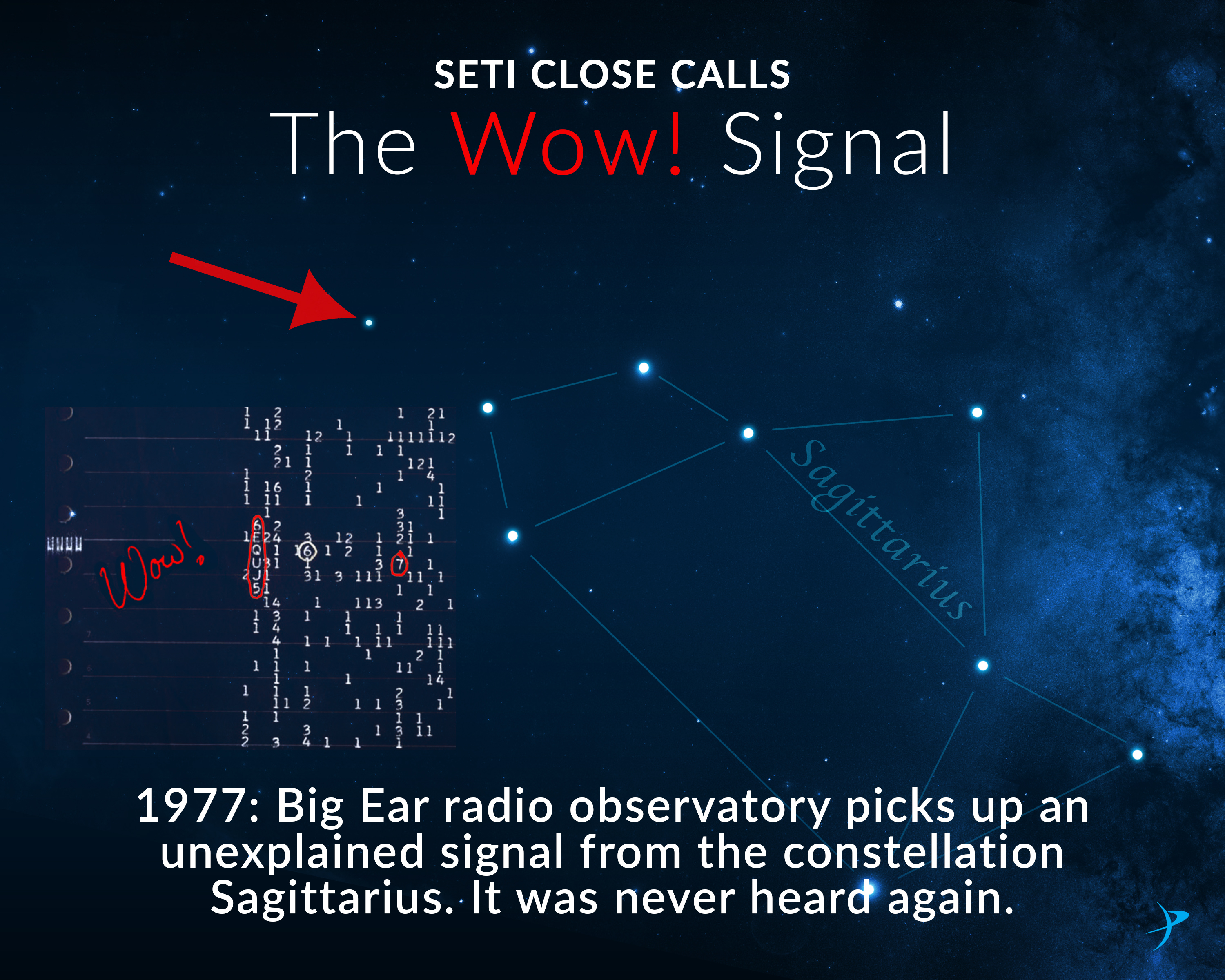

With this in mind, what could they achieve?Ĭost-optimised beacons would flash at us for mere seconds at a time, and be located close to the plane of the Galaxy within the Milky Way, particularly in the direction of the galactic centre. James Benford estimates that an ET civilisation could donate one-thousandth of their total power generation to the construction, maintenance and running of a beacon. Perhaps an interstellar beacon to them would be the equivalent of a Large Hadron Collider or the Apollo Moon-landings, as much an act of prestige as of science. However, we can just as easily imagine frugal aliens that are faced with multiple demands on their resources. Because the notion of cost – in terms of resources if not money – must surely be a universal one in any finite system, is it fair to say that ET won’t devote every last scrap of power into saying ‘hi’ to the human race? We can’t be certain one could imagine cosmic missionaries attempting to convert the entire Galaxy to their religion or way of thinking, or perhaps a dying civilisation attempting to send all their knowledge to the stars during their twilight hours, devoting the majority of their resources to this one project. These are not set limits – there’s a graduation scale and just as humans are at 0.7, other civilisations could be somewhere between type I and II or type II and III – but Kardashev’s scale helps to act as a rough guide. If Kardashev’s civilisations hold true (and why not? We can certainly envisage type I and II civilisations, and with a little imagination type III as well, although the fact that the Galaxy does not appear to have been colonised places type III into question) then a type I civilisation can hope to utilise 10 16 watts, type II 10 26 watts, and type III a whopping 10 36 watts. It is perhaps a measure of our wastefulness that large quantities of wind, wave and geothermal power remain untapped whilst we drill endless holes into the ground for oil. For the record, human civilisation doesn’t even rate as type I – we’ve been assessed as coming in at a level of about 0.7. A type I civilisation would have the entire resources of a single planet at hand type II civilisations would be able to utilise the entire power output of a star (perhaps with an immense engineering project such as a Dyson Sphere) while a type III civilisation would dwarf everything else around it, creating an empire that runs off the energy of an entire galaxy, or at least a good chunk of it. What is the logic behind frugal aliens? It stems from the pioneering work of the Soviet scientist Nikolay Kardashev, who in 1963 created a method of classifying extraterrestrial civilisations based on their ability to harness available resources. It would be more akin to Twitter than ‘Encyclopaedia Galactica’. They won’t be blasting out signals in all directions continuously, but will ‘ping’ world after world, over and over again, with short bursts to try and grab our attention. Therefore, ET civilisations will want to optimise their costs, limit waste, and make their signalling apparatus more efficient. “A beacon is limited by its power budget,” writes Louis K Scheffer of Caltech in the SETI 2020 review. The basic point of the Benford Beacons is that ET will not be omnipotent, but will face a cost for any actions they decide to take.

Developed by the Benford family of scientists – James, Dominic and the science fiction author Gregory – it is a powerful argument against the expectation of a continuous, omnidirectional transmitter built by altruistic aliens that has held SETI in its sway for much of the last fifty years. Now there is a new explanation that raises the credibility of the ‘Wow’ signal’s extraterrestrial hypothesis, an idea we’ll call ‘Benford Beacons’. Image: Ohio State University Radio Observatory/NAAPO. The computer print out that shows the ‘Wow!’ signal detected in 1977. There was no message contained within it, no structure, no signature of intelligent design. Critics argued that because it switched off after a short time, never to heard from again, it could not be a real alien signal. We are of course talking about the fabled ‘Wow!’ signal, the SETI detection that never was. Sporadic searches of the area since have failed to find this interstellar radio chorus.

August, 15 1977: a pulse of radio waves at 1,420MHz radiates down from space to be received by the Big Ear radio telescope in Ohio for 72 seconds.


 0 kommentar(er)
0 kommentar(er)
